Growth of E-Commerce and Online Retail
The rapid expansion of e-commerce and online retail platforms is reshaping the Synthetic Yarn Market. As consumers increasingly turn to online shopping for textiles and apparel, manufacturers are adapting their distribution strategies to capitalize on this trend. The convenience of online shopping has led to a surge in demand for synthetic yarns, particularly in the DIY and crafting segments. Market data indicates that online sales of synthetic yarn products have increased by over 15% in the past year. This shift not only broadens the customer base but also encourages innovation in product offerings, as companies strive to differentiate themselves in a competitive online marketplace. Consequently, the Synthetic Yarn Market is likely to experience sustained growth as e-commerce continues to thrive.
Rising Demand for Eco-Friendly Products
The increasing consumer preference for sustainable and eco-friendly products is driving the Synthetic Yarn Market. As awareness of environmental issues grows, manufacturers are compelled to innovate and produce synthetic yarns that are recyclable and biodegradable. This shift is evident in the textile sector, where brands are adopting sustainable practices to meet consumer expectations. The market for eco-friendly synthetic yarns is projected to grow at a compound annual growth rate of approximately 8% over the next five years. This trend not only enhances brand reputation but also aligns with regulatory pressures aimed at reducing environmental impact, thereby propelling the Synthetic Yarn Market forward.
Expanding Applications Across Industries
The versatility of synthetic yarns is driving their adoption across multiple industries, thereby impacting the Synthetic Yarn Market positively. From fashion and apparel to automotive and home textiles, synthetic yarns are increasingly utilized due to their durability and cost-effectiveness. The automotive sector, for example, is incorporating synthetic yarns in upholstery and interior components, which is expected to grow by 5% annually. Additionally, the rise of smart textiles, which integrate technology into fabrics, is further expanding the applications of synthetic yarns. This diversification is likely to create new opportunities and challenges within the Synthetic Yarn Market, as manufacturers adapt to meet the evolving needs of various sectors.
Technological Innovations in Yarn Production
Technological advancements in the production of synthetic yarns are significantly influencing the Synthetic Yarn Market. Innovations such as advanced spinning techniques and the use of artificial intelligence in manufacturing processes are enhancing efficiency and product quality. For instance, the introduction of high-performance fibers has led to the development of yarns that are lighter, stronger, and more durable. These innovations are expected to increase production capacity and reduce costs, making synthetic yarns more accessible to various industries. As a result, the Synthetic Yarn Market is likely to witness a surge in demand, particularly from sectors such as automotive and construction, where high-performance materials are essential.
Increased Investment in Research and Development
Investment in research and development (R&D) is a crucial driver for the Synthetic Yarn Market. Companies are increasingly allocating resources to develop new synthetic yarn products that meet specific performance criteria, such as moisture-wicking, UV protection, and enhanced durability. This focus on R&D is essential for staying competitive in a market that demands constant innovation. Recent data suggests that R&D spending in the textile sector has risen by approximately 10% annually, reflecting the industry's commitment to advancing synthetic yarn technology. As manufacturers introduce novel products that cater to niche markets, the Synthetic Yarn Market is poised for growth, driven by the continuous evolution of consumer preferences and technological capabilities.


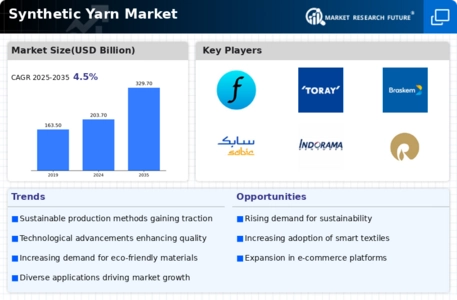
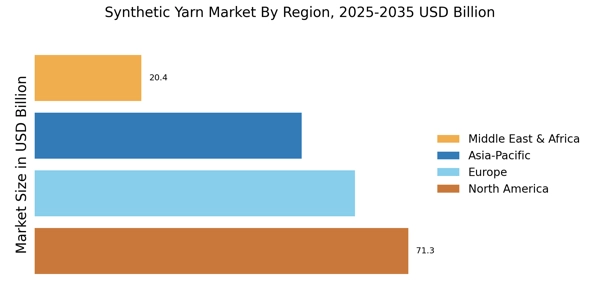

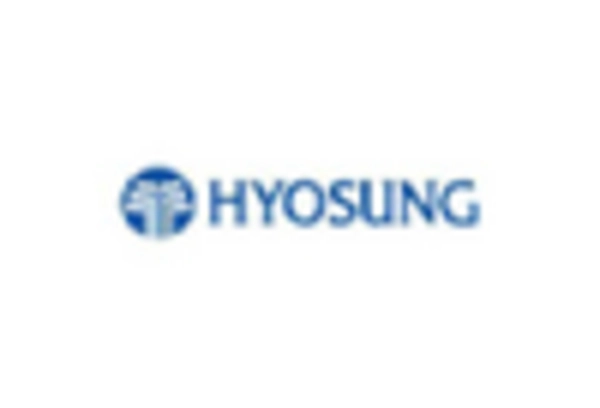

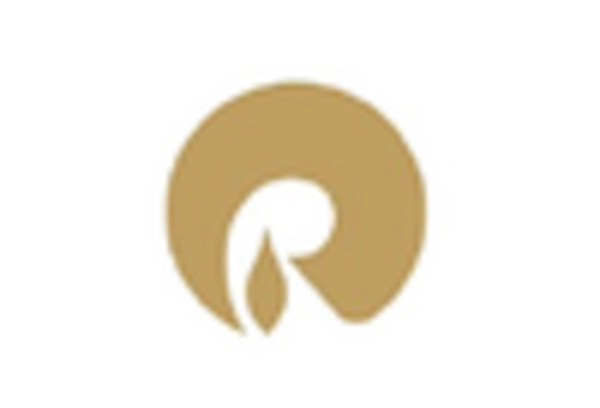

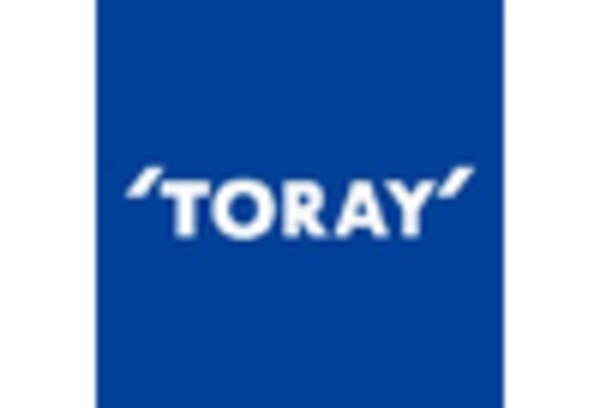








Leave a Comment